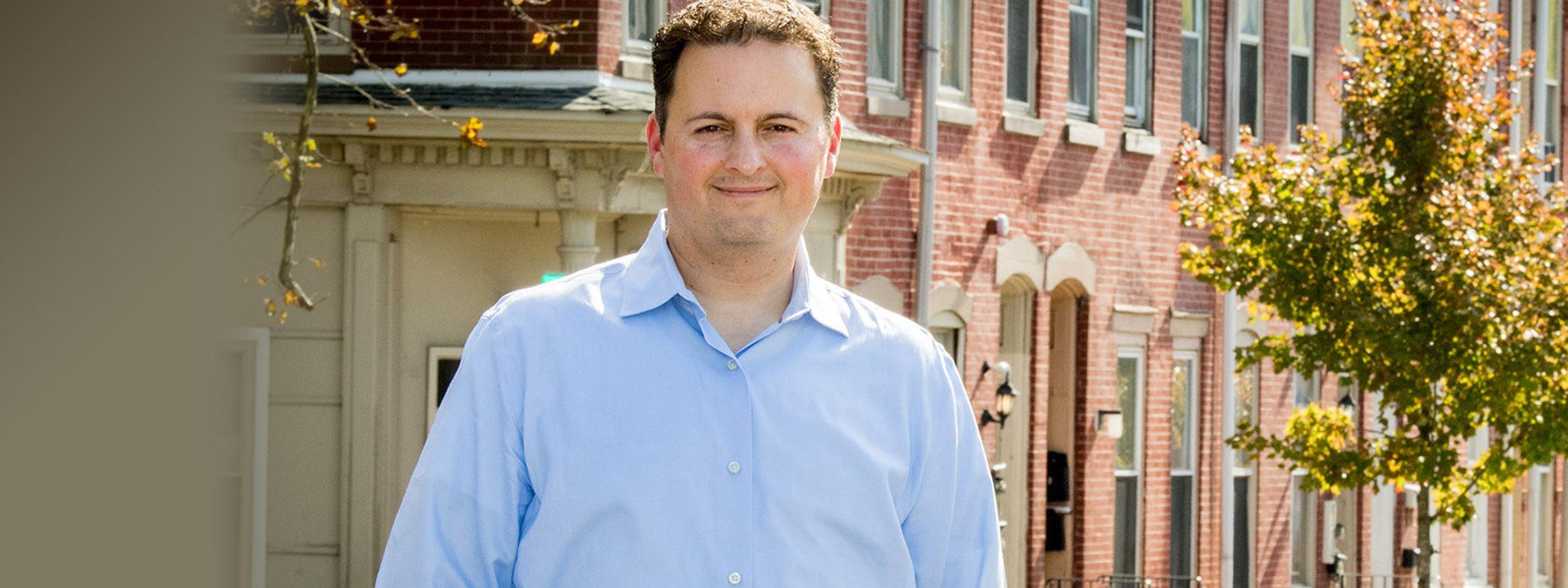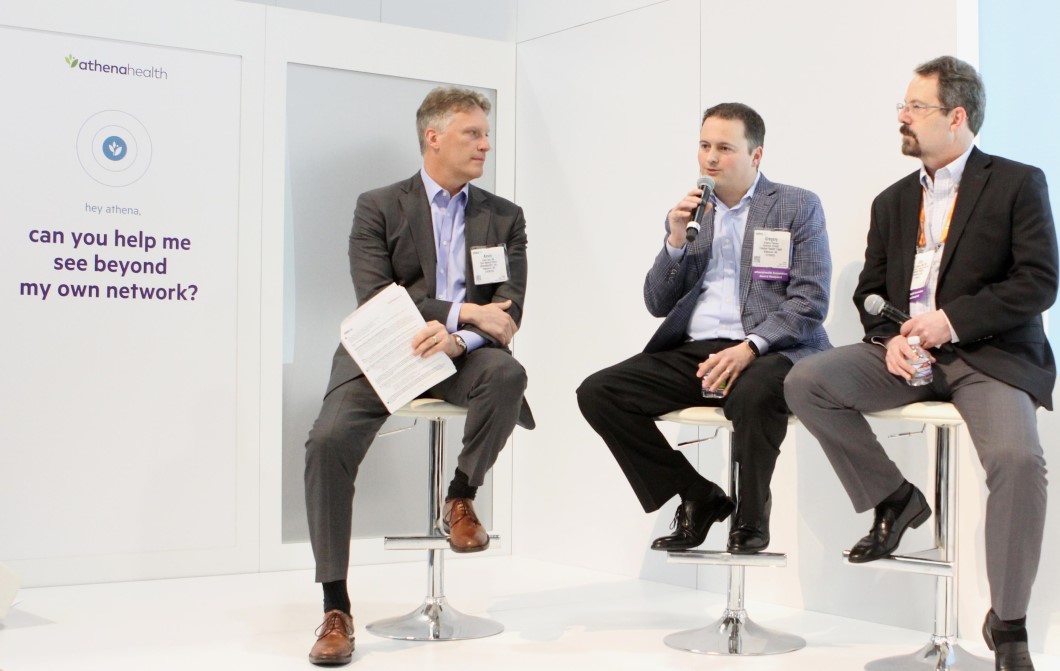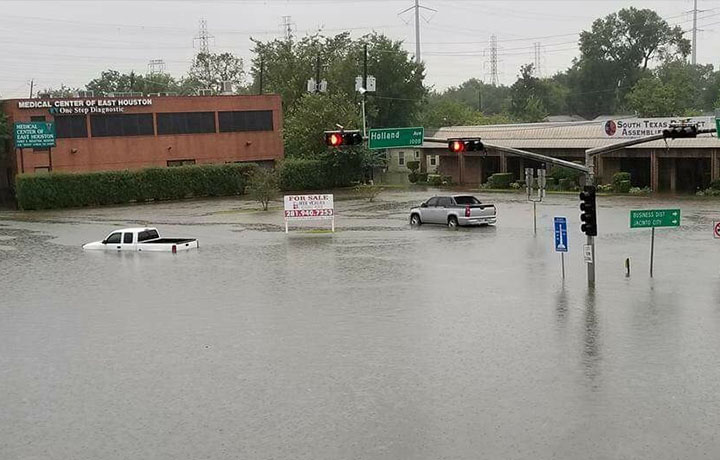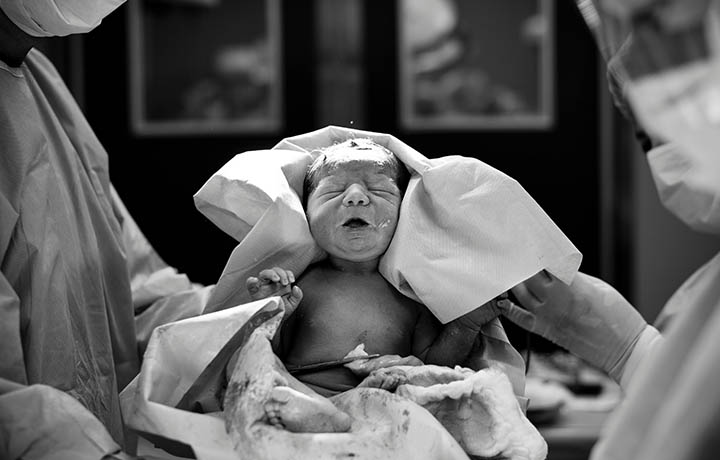Article
Health system competitors become collaborators
By Gale Pryor | March 16, 2018

As executive director of the Trenton Health Team (THT), Gregory Paulson leads a community health collaboration in the city of Trenton, New Jersey. As a neutral convening organization, THT aligns competing healthcare organizations around a shared strategy. athenaInsight asked Paulson to share his perspective on the function and value of a backbone entity like THT in population healthcare delivery.
In 2005 one of the two acute care hospital systems in Trenton announced plans to close. The mayor convened a working group of executives from the healthcare community to determine the impact of the closure.
In the process, we found that emergency department utilization in the city was 52 percent higher than the national average, and there was poor primary care access and poor coordination of care across the community.
That working group evolved into a 501(c)(3) in 2010 called the Trenton Health Team. I joined in 2013, and we now have 17 staff positions and an annual budget of $3 million.

At the time, the healthcare delivery system in Trenton – the two hospital systems (Capital Health and St. Francis), our FQHC (Henry J. Austin Health Center), and the city health department – comprised pretty fierce competitors that tended not to work together.
But as a working group, that began to change. Its first job was to understand high utilizers of emergency departments. So, the group looked at each hospital's high-utilizer list, saying, “Okay, John Smith has been to us 40 times. Do you guys know John Smith?" “Yeah, we've seen him 30 times." “Wow, so his number is actually 70."
And then they asked the question, “Well, what do we agree that we're going to do for John Smith the next time he comes into our facility?" And so they began to collaborate and develop relationships as individuals – and that changed their organizations' way of doing business. The Trenton Health Team became the neutral meeting ground where that collaboration takes place.
We launched with five strategic initiatives:
- Expand access to primary care.
- Coordinate care across the community.
- Engage the community in its care.
- Build a health information exchange.
- Become a Medicaid accountable care organization.
Together, those enable us to be the connector between the healthcare delivery system and the community that it serves. We help the healthcare system reach out to the community, and we help the community engage in care delivery.
Hospitals and healthcare systems tend not to connect with community-based organizations very well. But those are the groups that impact everything that happens outside of healthcare delivery. As we know, social determinants are the main drivers of health outcomes and high healthcare costs. That's where we come in.
We have now more than 60 agencies on our community advisory board – schools, churches, behavioral health organizations, businesses – and we can tap existing nonclinical supportive resources in the community to help overcome pain points for healthcare delivery.
For example, we're in third year of a grant cycle for an evidence-based curriculum of healthy eating and physical activity delivered in churches. With 60 churches participating, we are seeing drops in obesity rates and better self-management behaviors.
We're starting a data-driven process to identify patients' affiliations to faith-based organizations so that our care transitions manager can reach out to these faith communities to support patients as they come out of the hospital. It's about getting outside our normal thinking in healthcare delivery and seeing where people turn in their daily lives for peer support and knowledge gathering – and then integrating those places with healthcare.
Everything we do is about improving the health of our population. So we can help a hospital meet performance-based quality measures, but we always keep our focus on the best interests of the community.
One system's EHR, no matter how big the system, tends not to fulfill that role both in terms of the number of data available and the perspective by which data are evaluated, so we also facilitate cross-institution, cross-community data collection.
We operate a health information exchange, the central repository of that data, that went live in January 2014. It required setting up the right governance structure in a transparent process so that everyone could trust it enough to turn over clinical data to a third party. Now when we use that system to produce a measure on the population, that trust is translated into a trust of what the data say.
Data aggregation has also resulted in a different, faster way of making decisions and setting priorities. When we look at our Medicaid data to find utilization patterns, for example, we're able to very quickly identify the high prevalence of substance abuse and behavioral health diagnoses in patients with avoidable utilization patterns.
But then we can segment the population and look at males ages 18 to 35 with co-morbid diabetes from this ZIP code who see this primary care practice. We can get very granular very quickly to target a strategy that addresses a specific population.
We rely on a lot of grant funding, but we also generate revenue from our operation through HIE membership fees. We also provide community-based care management services to some of the hospitals and one of the Medicaid managed care organizations. So, our funding mix is probably 60 percent grant funding, 30 percent revenue from operations, and the other 10 percent a smattering of individual philanthropy.
Organizations like ours have a role in the system that generates value, so in the future money has to flow to support that value. Health systems will need to incorporate regional planning collaboratives – that's what our former health commissioner called us – to perform in this way.
THT is a testament to the commitment of the C-suite leaders who first met around the table in 2005. It's long-term commitment; we've been doing this for 10-plus years, and we haven't figured out a way to rush it. You really need to take time and build trust. That is the key to collaboration and has made the difference.
The organizations in Trenton were willing to say, “Here's what we do well, here's what someone else does well, and I'm willing to partner with them so that we can all do it better together."
Gale Pryor is senior editor of athenaInsight.







